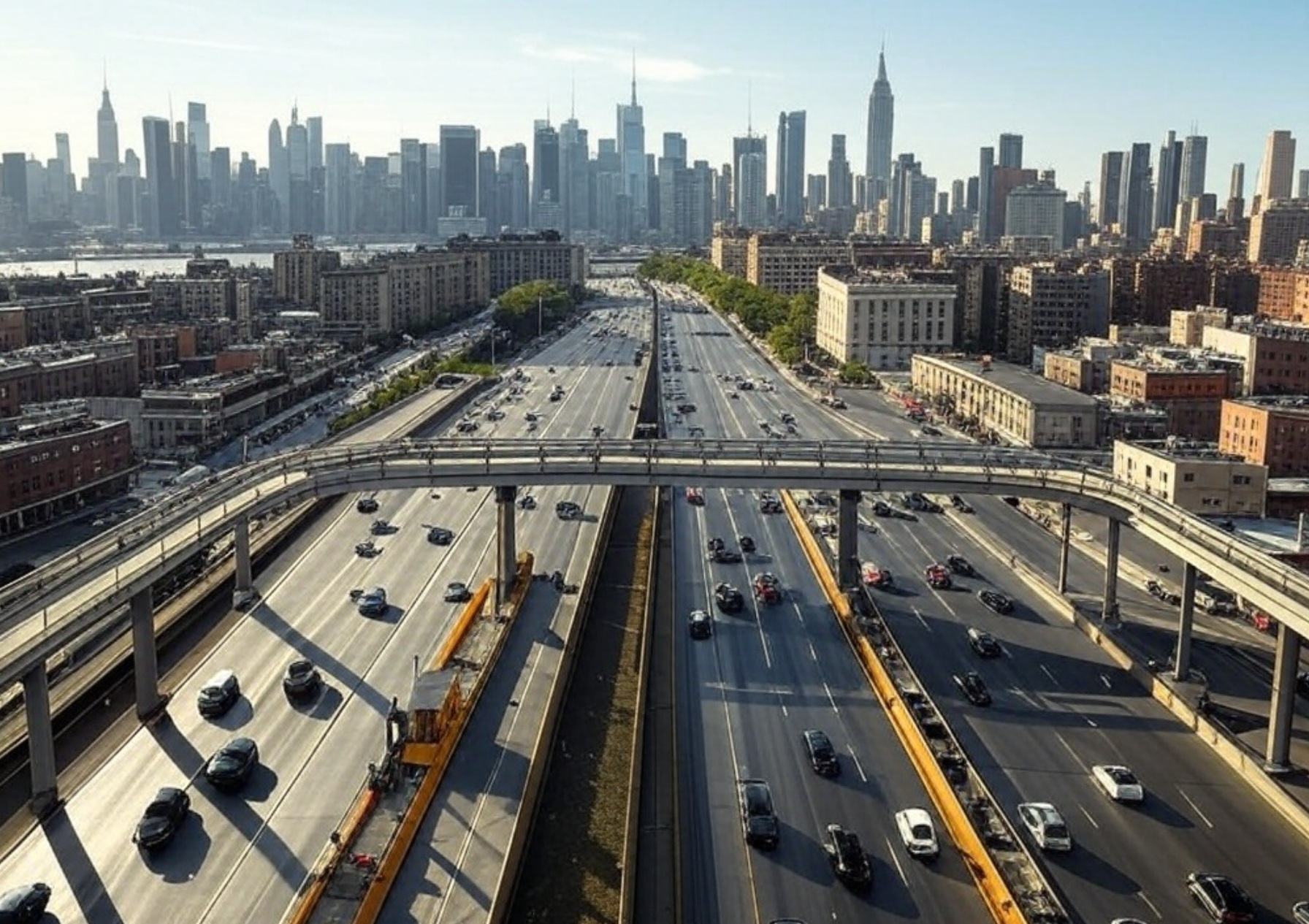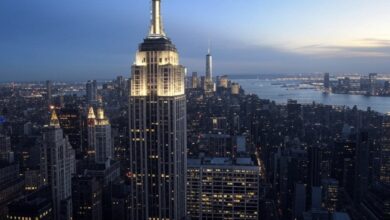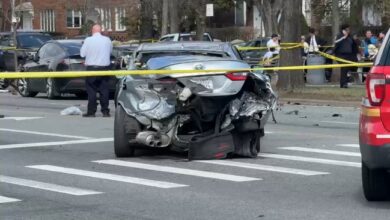Manhattan’s Congestion Pricing Stays Alive as Scanners Defy Trump’s Push to End Tolls

New York City’s controversial congestion pricing program remains in full swing as of March 28, 2025, with toll scanners still active across Manhattan despite efforts from the Trump administration to dismantle it. The initiative, which charges drivers a fee to enter Manhattan below 60th Street, has sparked heated debate since its launch on January 5, 2025. While the federal government had initially set a March 21 deadline to shut down the program, a 30-day extension was granted last week by U.S. Transportation Secretary Sean Duffy, pushing the decision into late April. However, Governor Kathy Hochul and the Metropolitan Transportation Authority (MTA) have made it clear they’re not backing down without a fight.
The MTA reported this week that the congestion pricing scanners are continuing to operate, collecting tolls that have already generated significant revenue—$51.9 million in February alone. These funds are earmarked for a massive $68 billion plan to upgrade New York’s aging transit infrastructure, including subway improvements and expanded bus services. Supporters argue that the program is delivering on its promises: traffic in Manhattan’s central business district has noticeably decreased, commute times have shortened, and air quality has seen slight improvements. “The status quo remains, which means everyone can continue to expect less traffic, faster commutes, and safer streets,” MTA spokesperson John McCarthy said in a recent statement.
On the other side, the Trump administration, fulfilling a campaign promise, has called the tolls “a slap in the face to working-class Americans and small business owners.” Duffy’s decision to rescind federal approval for the program in February triggered an immediate legal counterattack from the MTA and Hochul, who argue that the move is unlawful and oversteps federal authority. The case is now winding its way through the courts, with no clear resolution in sight as the extended deadline looms.
Public opinion remains split. A recent Siena poll showed 42% of NYC residents support the tolls, while 35% oppose them, with statewide support lagging at 33%. Critics, including some commuters and outer-borough lawmakers, say the $9 fee for passenger vehicles (and higher rates for trucks and buses) unfairly burdens those who rely on driving into Manhattan. Meanwhile, advocates—including environmentalists and transit groups—hail it as a bold step toward sustainable urban transport, pointing to cities like London and Stockholm where similar schemes have succeeded.
For now, the cameras stay on, and the battle over Manhattan’s traffic future continues to unfold. With legal proceedings ongoing and billions of dollars in transit funding at stake, the outcome could reshape how New York City manages its streets for years to come. Stay tuned as this story develops.




